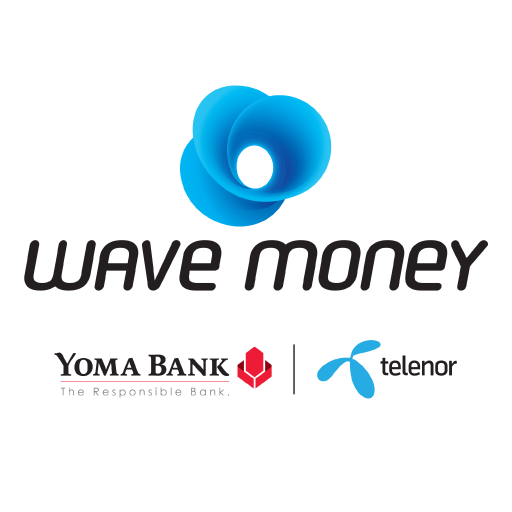
We attended “Wave Money: Defining and Leading Mobile Money in Myanmar”. Brad Jones, CEO of Wave Money and Melvyn Pun, CEO of Yoma Strategic provided insights into the growth potential and trajectory of Myanmar’s FinTech and Real Estate sectors.
Myanmar’s Banking Ecosystem
Myanmar currently has 4 State-Owned Banks, 24 Local Private Banks, 13 Foreign Banks and 12 Mobile Money Providers. Wave Money belongs to the Mobile Money Providers category.
Wave Money currently has 36,000 Wave shops in Myanmar, spread across 289 townships. In comparison, there are only 3,000 ATMs and 2,000 bank branches in Myanmar. Furthermore, most of the branches are in more urban areas, beyond the reach of most customers.
Most locals do not have sufficient savings to meet the minimum deposit amount to open a bank account. There are four cumbersome options to send money to relatives in rural areas:
(i) travel back home personally to deliver the cash; (ii) ask friends or relatives to bring the money home, (iii) pay bus drivers a fee to deliver the money, with the recipient waiting at the bus station and (iv) remit money using hundis (an informal and unlicensed money remittance service).
In contrast, Wave Money allows locals to send money conveniently, safely and instantly from the nearest Wave shop or a mobile phone using a Wave account.
What is Wave Money?
Wave Money is Myanmar’s first non-bank organization to provide mobile financial services since 2016. Wave Money is a joint venture between Telenor and Yoma Bank to provide accessible, safe and convenient mobile financial services via an agent network (Wave Shops) or Wave Account on the user’s phone. Wave Money offers its users with the service to receive and send money to anyone (with or without a Wave account).
Wave Money
How does Wave Money work?

Min Ying covers the Banking and Finance sectors. She has experience in external audit and corporate tax roles.
She graduated with a Bachelor of Accountancy with a major in Finance from SMU.